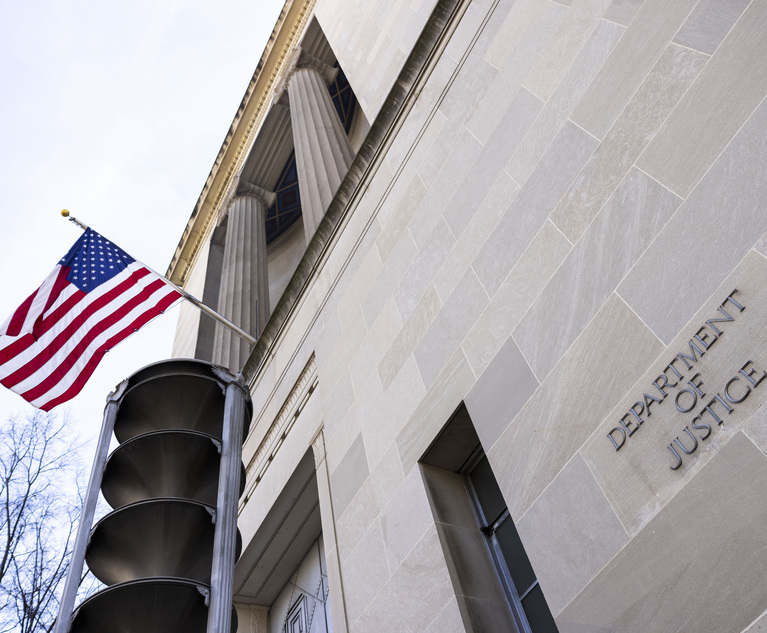After taking the reins of the Federal Trade Commission (FTC) and the Antitrust Division of the U.S. Department of Justice (DOJ), the respective heads of the Biden-era antitrust agencies promised to more aggressively investigate and block transactions based on theories that more “accurately reflect modern market realities” and capture “the rich complexity of the modern economy.” But, in some cases, the agencies vigorously pursued this aggressive strategy even where the market realities did not support their theories. This approach undoubtedly achieved the agencies’ desired goal of thwarting many transactions where the parties did not have the appetite or resources to engage in year-long antitrust investigations followed by complex litigation and appeals. However, as shown in recent cases, parties successfully have fought off merger challenges in court when they can show that the government’s theoretical antitrust case is not supported by market realities. Demonstrating market realities is critical to both the government and the parties in antitrust merger litigation.
To enjoin a merger, the FTC and the DOJ must, like any other litigant, prove their case in court with facts. This principle is deeply rooted in antitrust jurisprudence: “‘antitrust theory and speculation cannot trump facts’; the government must make its case ‘on the basis of the record evidence relating to the market and its probable future.’” After a one-sided government investigation, the federal courts therefore offer the parties to a transaction a level playing field when the government seeks to enjoin a transaction. Recent merger challenges show that, despite the current political rhetoric surrounding antitrust enforcement, courts will reject the antitrust agencies’ theories when they are not supported by market realities. This is most apparent when the government makes theoretical economic assumptions concerning the purchaser’s incentives and competition strategies in nascent markets.


 U.S. Department of Justice building in Washington, D.C, on January 12, 2022. Photo: Diego M. Radzinschi/ALM
U.S. Department of Justice building in Washington, D.C, on January 12, 2022. Photo: Diego M. Radzinschi/ALM




